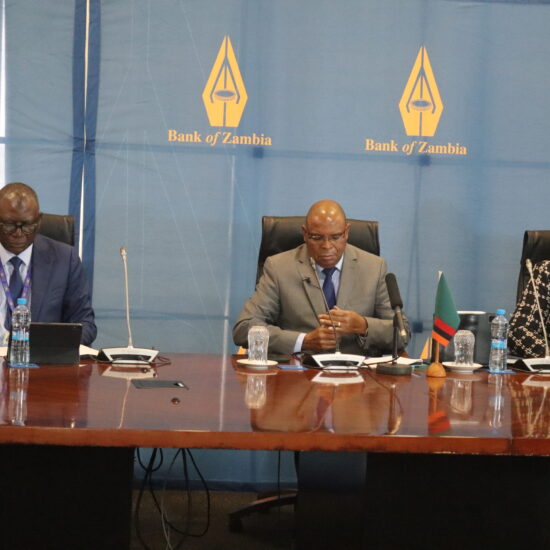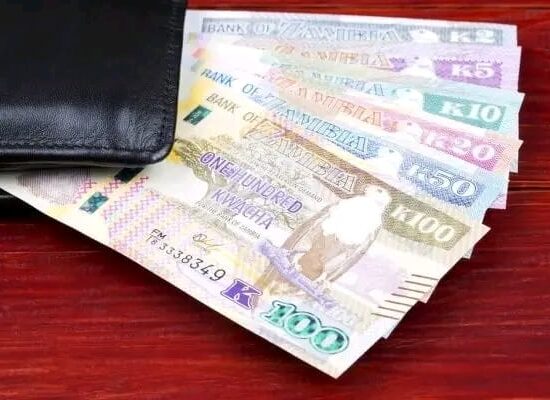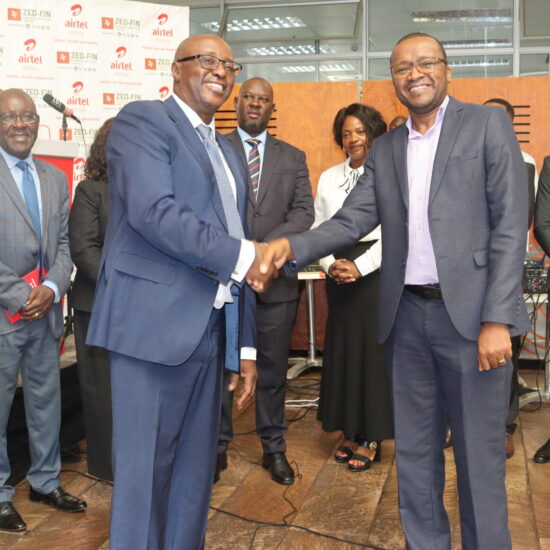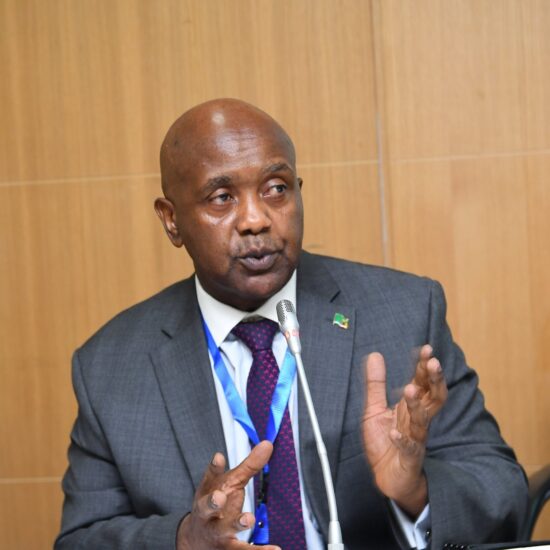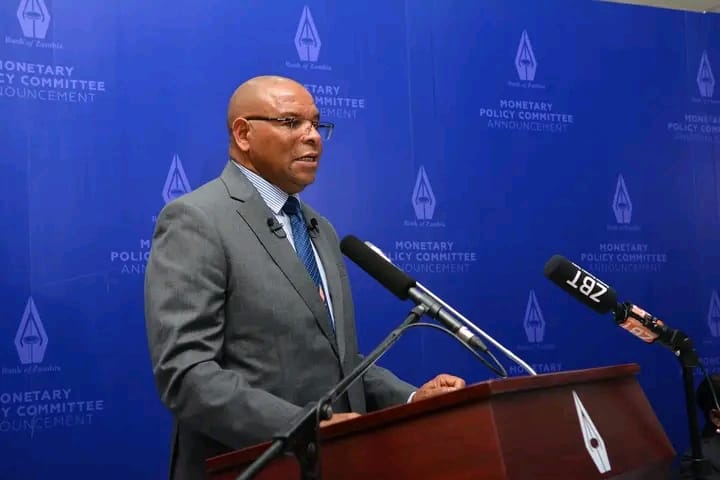
In a bid to steer inflation towards the target band and anchor inflation expectations, the Bank of Zambia (BoZ) has announced that it had raised the Monetary Policy Rate (MPR) by 150 basis points to 12.5 percent. This hike of 1.5 percent in the MPR is expected to lead to a rise in interest rates, leading to “no money in circulation”, which could have a significant impact on the economy.
This decision comes amidst a period of rising inflation in Zambia, which has been primarily driven by the high cost of essential goods caused by the high cost of fuel among others.
The central bank has been grappling with inflationary pressures for some time now, with the latest data showing that inflation had risen to 13.2 percent in January 2024, above the target band of 6 – 8 percent.
Speaking during the monetary policy committee announcement and press briefing attended by the Zambian Business Times – ZBT, Bank of Zambia Governor Dr. Denny Kalyalya noted that the decision to raise the MPR was taken after a careful assessment of the economic landscape and an evaluation of the risks to inflation and financial stability.
Dr. Kalyalya recognized that the decision would lead to higher borrowing costs for businesses and households, but emphasized that such measures were necessary to ensure that inflation remains within the target band of 6-8% in the medium term.
The hike in interest rates will make borrowing more expensive, which could dampen consumer spending and investment.
Although the announcement has been met with mixed reactions from various stakeholders, while some business leaders have expressed concerns about the impact on their operations, the Central Bank said the move is a necessary step towards restoring macroeconomic stability and boosting investor confidence.
Dr. Kalyalya added that the Committee is encouraged by the continued fiscal consolidation efforts, progress on external debt restructuring, and improved prospects of increased investments, which are critical for the attainment and maintenance of sustainable macroeconomic stability.
Meanwhile, Dr. Kalyalya said the constrained supply of foreign exchange amid high demand underpins the depreciation of the exchange rate. “To moderate volatility and broadly support the importation of critical commodities, the Bank provided market support of US$215.5 million (US$184.1 million in mining taxes paid directly into the Bank and US$31.4 million from reserves)”
“In response to the ongoing challenges in the foreign currency market, the statutory reserve ratio was revised by 900 basis points to 26.0 percent effective February 5, 2024, from 17.0 percent in November 2023.” Remarked Dr. Kalyalya.





